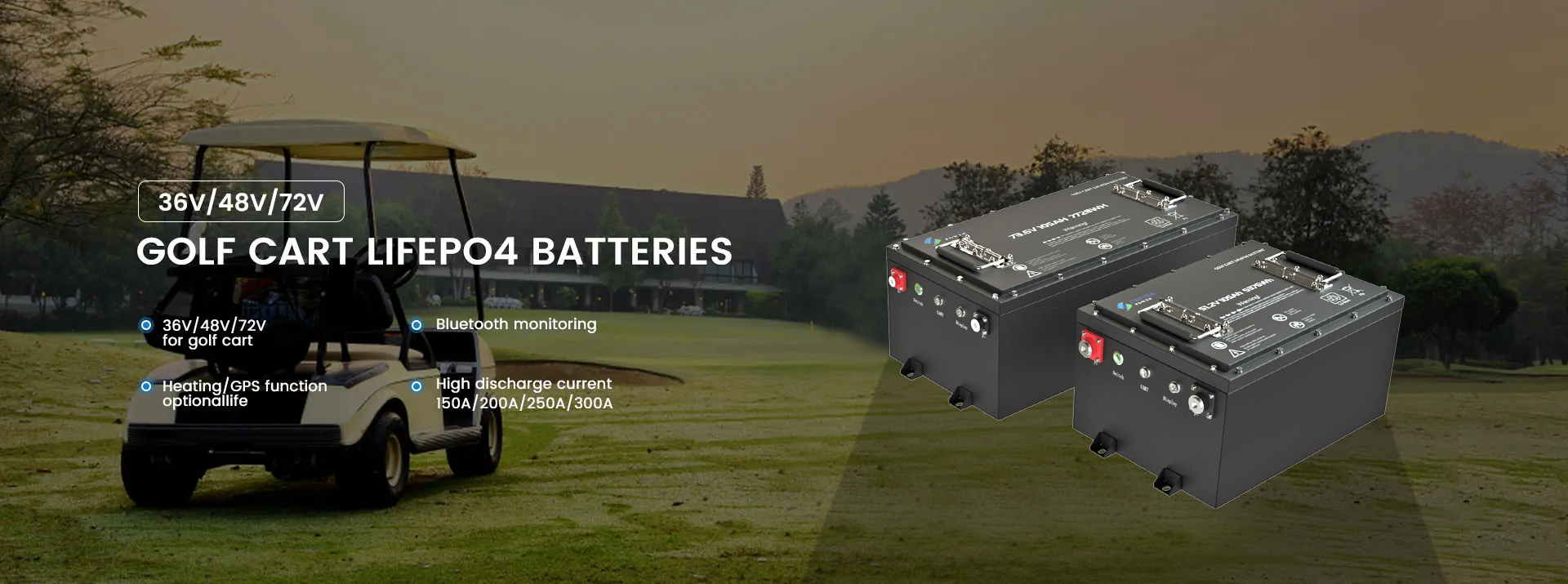Marine batteries are specifically designed for use in boats and other marine environments. They differ from regular automotive batteries in several key aspects:
1. Purpose and Design:
- Starting Batteries: Designed to deliver a quick burst of energy to start the engine, similar to car batteries but built to handle the marine environment.
- Deep Cycle Batteries: Designed to provide a steady amount of power over a long period, suitable for running electronics and other accessories on a boat. They can be deeply discharged and recharged multiple times.
- Dual-Purpose Batteries: Combine the characteristics of both starting and deep cycle batteries, offering a compromise for boats with limited space.
2. Construction:
- Durability: Marine batteries are built to withstand the vibrations and impacts that occur on boats. They often have thicker plates and more robust casings.
- Resistance to Corrosion: Since they are used in a marine environment, these batteries are designed to resist corrosion from saltwater.
3. Capacity and Discharge Rates:
- Deep Cycle Batteries: Have a higher capacity and can be discharged up to 80% of their total capacity without damage, making them suitable for prolonged use of boat electronics.
- Starting Batteries: Have a high discharge rate to provide the necessary power to start engines but are not designed to be deeply discharged repeatedly.
4. Maintenance and Types:
- Flooded Lead-Acid: Require regular maintenance, including checking and refilling water levels.
- AGM (Absorbent Glass Mat): Maintenance-free, spill-proof, and can handle deeper discharges better than flooded batteries.
- Gel Batteries: Also maintenance-free and spill-proof, but more sensitive to charging conditions.
5. Terminal Types:
- Marine batteries often have different terminal configurations to accommodate various marine wiring systems, including both threaded posts and standard posts.
Choosing the right marine battery depends on the specific needs of the boat, such as the type of engine, the electrical load, and the usage pattern.

Post time: Jul-30-2024





